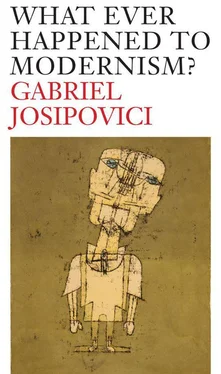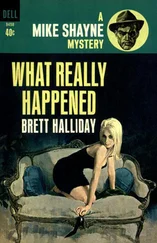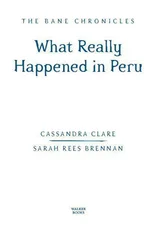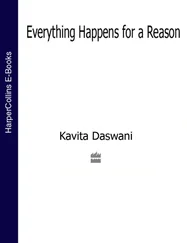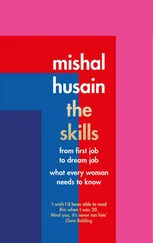Actually, as de Duve shows, the story is a little more complicated than that, and Duchamp had to ‘help’ his readymade into the limelight. The offending object, anonymously submitted, would have simply disappeared had not Duchamp made sure it was photographed by the most famous photographer of the day, Joseph Stieglitz, and reproduced in a small satirical magazine, The Blind Man , whose first issue was devoted to the Independents' show. Thereafter Fountain literally disappeared, so that all we have is Stieglitz's photo, from which numerous models have of course been made and exhibited round the world, perhaps the most famous piece of modern art, and still as capable of dividing viewers as it ever was. Is it art? Is it art because of its intrinsic merits? Or because the institution says it is? And if the latter, does that mean that we have reached the end of art as it was known in the West since men began to draw in caves? It calls into question all competitions and all juries where art is concerned, and it reminds us of the dream of every artist (and all impresarios, whether publishers or galleries or agents) to be both unbeholden to any tradition and yet proclaimed King of the New.
Had Beethoven had Mozart's lyric gifts, Stravinsky says somewhere in his conversations with Robert Craft, he would never have developed his rhythmic capacities to the degree that he did. Duchamp was always more interested in conceptions than in the possibilities of drawing or working in three dimensions. When he took a bottle-rack or a urinal and relabelled them and exhibited them, he made all those who saw what he had done think again and think hard about what constitutes a work of art, what the function of art is in our society, what it is that gives us pleasure, what our relation is to the objects we use in everyday life, etc., etc. When Picasso took a toy car and made of it the head of a monkey he saw in what he had made something touching and funny and added a baby monkey clinging to the mother's belly, calling the whole thing Mother and Child . The wit is as sharp as Duchamp's, but there is more: his welded sculpture tells us something about monkeys, about ourselves, and about mothers and their children. It's absurd to ask which is better, Duchamp or Picasso. Both, in a sense, fulfil the Bakhtinian principle of releasing the multiple voices which would not have been given a hearing had something not been made (or nudged into being) by an artist.
Both Picasso and Duchamp grasped what was at issue, and both have their ‘descendants’. Those of Duchamp have of course grabbed more of the headlines, though it is difficult not to feel that, in their case, the Master has made them redundant. Duchamp himself, supreme ironist that he was, was extremely reticent in what he chose to say and extremely choosy about the art he subsequently chose to make, thereby, in Kierkegaard's terms, retaining our trust in him as a ‘real’ artist. His descendants and disciples, lacking the clarity of his insight into what is really at issue, have been less parsimonious. Picasso's descendants have had, so to speak, a larger field to play in. One of the chief among them is of course Bacon. We have already examined his contrast between ‘illustration’ and the sort of art he himself was trying to make, but he was equally forthright about abstraction. Talking to David Sylvester about the great Rembrandt self-portrait in Aix-en-Provence ( figure 5 ), he points out that ‘if you analyze it, you will see that there are hardly any sockets to the eyes, that it is almost completely anti-illustrational’. And he adds:
I think that the mystery of fact is conveyed by an image being made out of non-rational marks. And you can't will this non-rationality of a mark. That is the reason that accident always has to enter into this activity, because the moment you know what to do, you're making just another form of illustration. But what can happen sometimes, as it happened in this Rembrandt self-portrait, is that there is a coagulation of non-representational marks which have led to making up this very great image. Well, of course, only part of this is accidental. Behind all that is Rembrandt's profound sensibility which was able to hold onto one irrational mark rather than onto another.
Bacon is trying to say something very difficult, and very close to himself as a painter, and it is a tribute to David Sylvester that he takes the trouble. What differentiates a painter like him (and Picasso) from someone like Duchamp, this passage suggests, is that while he is just as aware of the chance nature of the marks he is making, he also has a sense that he can, because of who he is, because of what he has learned in the course of his life, make a more than merely arbitrary choice about which marks to reinforce, which to ignore, and here he is claiming Rembrandt as a precursor. But he immediately notes that abstract expressionists too have claimed Rembrandt as a precursor, and he goes on to differentiate himself from them. With Rembrandt, he says, the marks have been done in
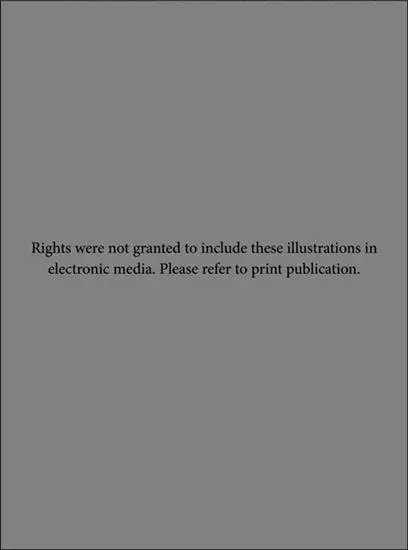
figure 5Rembrandt van Rijn, Self-Portrait, c. 1659.
an attempt to record a fact and to me therefore must be much more exciting and much more profound. One of the reasons why I don't like abstract painting, or why it doesn't interest me, is that I think painting is a duality, and that abstract painting is an entirely aesthetic thing. It always remains on one level. It is only really interested in the beauty of its patterns or its shapes. We know that most people, especially artists, have large areas of undisciplined emotion, and I think that abstract artists believe that in these marks they're making they are catching all these sorts of emotions. But I think that, caught in that way, they are too weak to convey anything … You see, I believe that art is recording; I think it's reporting. And I think that in abstract art, as there's no report, there's nothing other than the aesthetic of the painter and his few sensations. There's never any tension in it.
Rembrandt (and Bacon), he is saying, are taken out of themselves by the object before them, which moves them so deeply that they want to make it live again through their own efforts. So they owe a double allegiance: to the object out there in the world, and to the artwork. Abstract painters, he suggests, only have allegiance to the artwork, and to themselves. Hence the work will lack what he feels to be a vital ingredient. Sylvester, however, is puzzled: ‘If abstract paintings are no more than pattern-making, how do you explain the fact that there are people like myself who have the same sort of visceral response to them at times as they have to figurative work?’ Bacon will have no truck with this. ‘Fashion’, he replies imperiously. But lest we be tempted to dismiss this as too glib, let us remember Joseph Koerner's comment on Friedrich and the claims that have been made for him as the precursor of abstract expressionism.
The problem of abstraction and the problem of how to deal with Duchampian scepticism would seem to be issues confined to the visual arts, but that is not the case. Just as Krauss could use Adorno's (misguided) critique of Stravinsky to make a point about Picasso, so we should be able to move from problems which first surfaced in the realm of painting to music and literature. The divide between Duchamp and Picasso is clearly evident in the divide between John Cage and his followers on the one hand, and composers such as Stockhausen, Boulez, Nono, Ligeti and Kurtág, on the other. These composers, who all came of age in the years immediately following the end of the Second World War, believed that the war and the devastation it had brought had given them a chance to start again, in a sense, ignoring for the most part the traditions of classical and Romantic music. But whereas Cage, the American, opted for a version of Duchampian scepticism, the Europeans found their inspiration in medieval and Renaissance music and the musics of the far East and central Africa. In place of Cage's Buddhist-inspired irony there was a new idealism, a new sense of being able to go forward, inspired by the work of their early Modernist predecessors, Schoenberg, Webern, Stravinsky and Varèse. In time, of course, some of them, like Berio and Kurtág, even found a place in their work for Schubert and Mahler. Where Cage and his followers drew the conclusion that all traditions were dead, they began to forge new, more inclusive traditions, though always aware that their relation to them could never be that which had obtained in the time of Bach or Haydn.
Читать дальше
